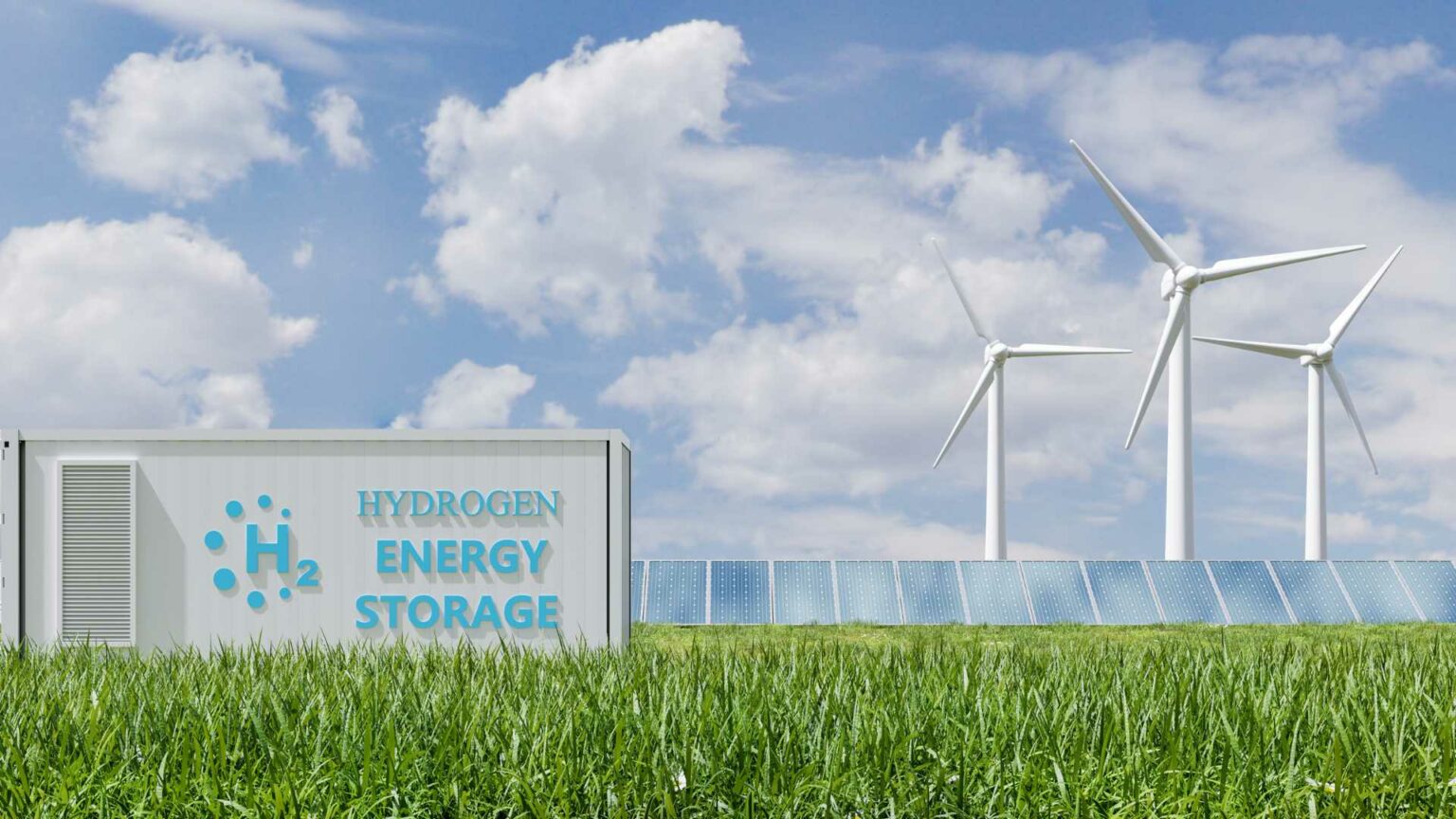Research findings suggest that nanopores in certain minerals can significantly enhance hydrogen adsorption capacity due to stronger interactions with mineral surfaces.
For example, while larger pores approach a state of bulk gas density, nanopores in minerals like non-hydroxylated Q4 quartz deliver increased adsorption efficiencies compared to their hydroxylated counterparts such as Q2 and Q3. This efficiency stems from improved hydrogen-oxygen coordination within the nanopores. The study further highlights how pyrite exhibits notably weaker adsorption capabilities due to its less favorable hydrogen-sulfur interactions. With such intricacies of mineral-chemical interactions at play, the potential for nanoporous systems in hydrogen storage deserves closer scrutiny.
The efficacy of hydrogen adsorption is also contingent upon ambient temperature, a factor pivotal for storage optimization. Data reveal a marked decrease in adsorption capacity—between 12% to 19%—as temperatures rise across the studied range. This inverse relationship underscores the importance of temperature regulation in maintaining optimal storage performance, suggesting that cooler storage environments could enhance overall adsorption rates. As hydrogen storage solutions continue to expand, factoring in temperature dynamics will be key to leveraging the full potential of subsurface storage systems.
Mineral Characteristics and Their Influence
Detailed simulations underscore the significant role mineral characteristics play in determining hydrogen adsorption capacities. Among the common geological minerals studied, calcite and quartz exhibit strong hydrogen adsorption due to robust hydrogen-oxygen interactions, in contrast to pyrite’s weaker adsorption power. Moreover, isosteric heat of adsorption (Qst) values reveal that pyrite’s interaction energies are substantially lower than those of calcite and quartz, indicating lesser retention. These mineral-specific insights are crucial for the evaluation and selection of potential storage sites, guiding geostrategic decisions in subsurface hydrogen storage.
The move towards Underground Hydrogen Storage (UHS) aligns with broader efforts to decarbonize energy systems by utilizing existing geological formations such as depleted hydrocarbon reservoirs. With infrastructure for gas injection and extraction already in place, these decommissioned reservoirs offer an economically tempting option. However, a comprehensive geophysical and geochemical assessment is imperative to ensure compatibility, particularly given the long-term nature of these storage projects. Moreover, as global initiatives place a premium on environmental sustainability, minimizing the geological impacts of hydrogen storage operations will remain a priority.
Stay updated on the latest in energy! Follow us on LinkedIn, Facebook, and X for real-time news and insights. Don’t miss out on exclusive interviews and webinars—subscribe to our YouTube channel today! Join our community and be part of the conversation shaping the future of energy.





